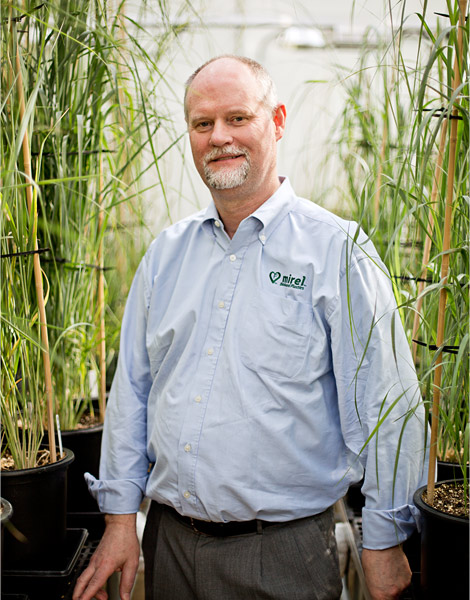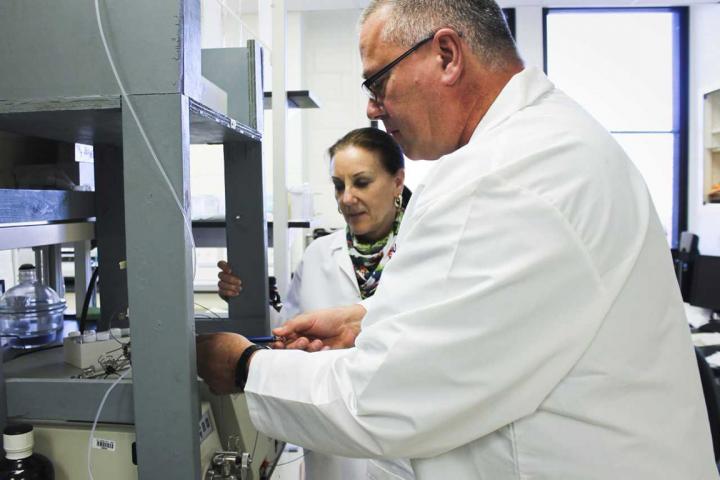Nearly all the plastics sold today come from petroleum and aren’t biodegradable. But researchers at Metabolix in Cambridge, Massachusetts, are bioengineering switchgrass to produce a biodegradable polymer that can be extracted directly from the plant.
That could transform the economics of making biodegradable polymers. Metabolix already sells such a polymer, but it’s produced by bacteria that feed on plant sugars in expensive fermenters. A plant-based process, which could use crops grown on marginal lands, would require less equipment.
Metabolix estimates that it could ultimately sell its plant-based polymers at less than half today’s prices. Whereas today’s end products are niche items like biodegradable plastic shopping bags, more widely used types of products and packaging could then become economical.
The plants-to-plastics vision has gripped Metabolix’s chief scientific officer, Oliver Peoples, a former MIT research scientist, for more than 20 years since he and colleague Anthony Sinskey, an MIT biology professor, discovered metabolic genes that allow bacteria found in soil to naturally produce a polymer known as PHA. But after they founded Metabolix, it took a decade to optimize metabolic systems in the bacteria to produce useful amounts of PHA. Doing so in plants is even more difficult. “It’s much more complex and time-consuming to engineer a complex and slow-growing species like switchgrass versus a very simple bacterium,” Peoples says.
Now, Metabolix plant scientists are working anew on inserting those genes, plus others that regulate growth, into plants including switchgrass, camelina, and sugarcane. In switchgrass, they’re coaxing the plant to produce and store in its tissues a specific type of PHA, known as PHB, that can be used to make injection-molded products such as electronics housings. The company is also working on chemical production steps, including extraction of the PHB using solvents, and a thermal method of converting the PHB into a chemical called crotonic acid, which can be used as a feedstock for polymers. After the PHB is extracted or the crotonic acid produced, remnants of the grass could be burned as a biomass energy source that produces lower net carbon emissions than fossil fuels.
Metabolix calculates that the grass must produce 10 percent of its weight as PHB to be economically competitive with other sources of biodegradable plastics. The company has already nearly doubled the PHB content in switchgrass, from 1.2 percent in 2008 to 2.3 percent last year, including 7 percent in the leaves. The process would still produce some carbon emissions: growing and harvesting plants requires fossil-fuel-based fertilizers and fossil-fuel-powered machines. But Peoples predicts it would be cleaner overall than producing plastic from fossil fuels, though a full analysis has yet to be done. For now, he’s eager to finally realize his plants-to-plastics vision. “This is a testament to sheer bloody single-mindedness,” he says.
Story Source:
The above story is based on materials provided by MIT Technologyreview





